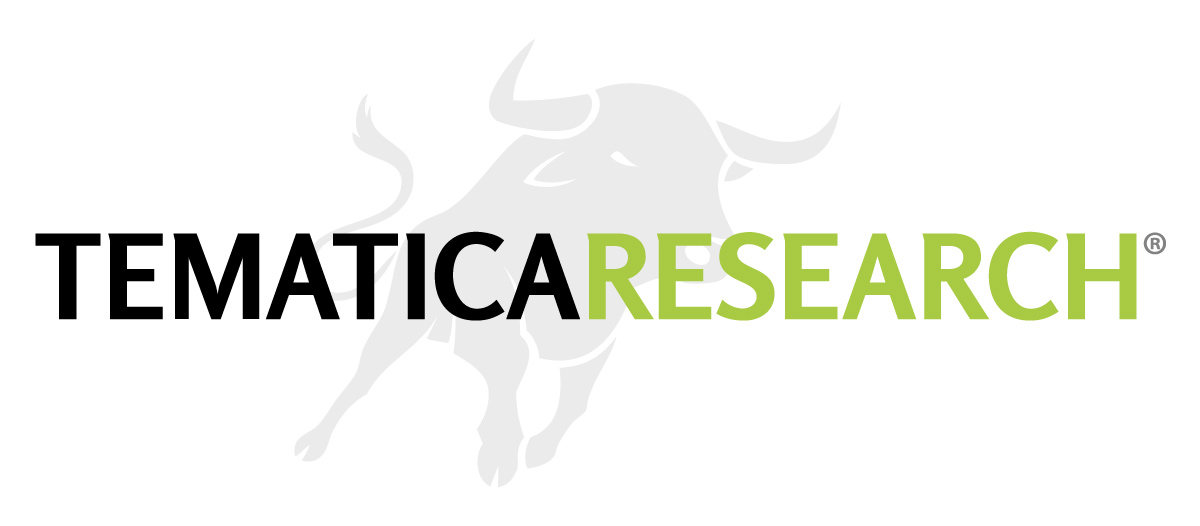Amid a better economic and earnings picture, concerns remain
The bottom line for the week is the economic picture looks better today than it did a few months ago. Earnings so far have been in general stronger than was expected, but we are still dealing with an equity market that is in over bought territory and valuations remain in the top 0.7% of all time with volatility depressed to an unprecedented degree. While we clearly prefer to see the market go up rather than down, we remain wary of such elevated valuations and exceptional conditions.
From an economic perspective, the big news for the week came this morning with the first estimate for third quarter GDP growth coming in at 3.0% versus the 2.5% expected. The significant beat was due in large part to inventory builds and a smaller trade deficit. The inventory build-up added 0.73% to GDP growth, compared to slightly over 0.10% in the second quarter. The weaker dollar during the quarter aided exports, which reduced the trade deficit, and added an additional 0.41% to GDP. Consumer spending slowed, in part due to the twin Hurricanes, slowing to 2.4% growth rate versus 3.3% in the second quarter. Home building contracted 6.0% after having declined in the second quarter as well. Pending home sales came in flat for September versus expectations for a 0.5% gain for the seventh month out of the past nine with sales flat or negative. The index for pending home sales is now at the lowest level since January 2015. The MBA mortgage application index confirmed the weakness in home sales this week with a 6.1% decline in purchases. On the plus side business investment in equipment increased 8.6%, the fourth consecutive increase.
Wednesday the US Census reported preliminary durable goods new orders shipments, and inventories which revealed that nondefense capital goods shipments ex-aircraft continue to accelerate to the upside on a 3-month over 3-month basis, reaching the strongest growth levels since 2014. The year-over-year pace is the best since 2012 and total inventory/sales remains at post-crisis average, which gives us comfort that the inventory build in the GDP report isn’t something overly concerning.
Thursday the Kansas City Fed’s October Manufacturing Survey beat expectations, giving the best reading since March 2011 and reaching the second highest level since the end of the recession. Under the covers, the report showed a few concerning signs though with a surge in raw material and finished goods inventories, the later of which was an unprecedented 24 point swing from -6 to +18. The bottom line here is that stockpiling is giving a rosy, short-term boost to the headline number, which pushes us back to being wary of the build up in inventory
The second biggest piece of economic news for the week came from across the Atlantic where the European Central Bank announced it would begin its version of Quantitative Tapering by cutting its asset buying in half to €30 billion starting in January and deferring, as was expected, the actual end of its buying program to September of 2018. The euro weakened in response to the ECB’s statement that rates are “to remain at their present levels for an extended period of time, and well past the horizon of the net asset purchases.” The U.S. Dollar Index (DXY) has now gained 4.0% from its September 8th low and pushed above both its 50-day and 100-day moving averages to reach a 3-month high, which will present a headwind to those companies who have benefited in prior quarters from the falling dollar. To put this into perspective, the dollar had dropped nearly 11% since the start of the year through to the September lows. We suspect we will be hearing more about this dollar strength and what it means over the next two weeks when more than 2,000 companies report their quarterly earnings.
The news from the ECB also kicked off a drop in European bond yields and made European stocks shoot up. We’re also seeing economic indicators in the European region continuing to improve. Italian economic sentiment has reached the highest level in a decade and both consumer confidence and manufacturing confidence have come in above expectations. Spanish unemployment also came in better than expected. Today (Friday), we learned that the Spanish Prime Minister had dissolved the Catalan parliament after they vote for independence. This is going to get interesting.
We got some good news out of Japan this week with Prime Minister Shinzo Abe’s victory in Japanese national election with his partner & coalition partner taking around two-thirds of the seats in the lower house which drove the Nikkei to levels not seen in over 20 years. While much of the rest of the world is knee deep in political instability and uncertainty, Japan will enjoy stability for at least the next four years which is good news for asset prices. While much of the rest of the world is experiencing rising nationalism and negative trends when it comes to immigration, Japan is moving in the opposite direction, which is good news for future economic growth given the nation’s aging population. For more on that topic, be sure to listen to this week’s Cocktail Investing podcast where we do a deep dive on our Aging of the Population investing theme.
Abe’s victory also means that Kuroda will likely be reappointed in April, which means the yen will likely remain depreciating which will be good for the nation’s exports. On top of that, Japanese citizens are becoming more interested in owning equities at a time when valuations are nowhere near the lofty levels of U.S. equities, which bodes well for stock price appreciation.
Earnings this week have been pretty solid with Alphabet (GOOGL), the Tematica poster child for the intersection of our Connected Society, Cash-Strapped Consumer and Disruptive Technology investment themes, Amazon (AMZN) and Microsoft (MSFT) all reporting strong-than-expected earnings, which pushed shares of each to new all-time highs. Amazon added nearly $62 billion to its market cap – not a bad day. On the other end of the spectrum, the death of the mall continues with J.C. Penny (JCP) trimming its 2017 forecasts, causing shares to tumble 20%, reaching an all-time low. Shares of Caterpillar (CAT) surged as well when it reported better than expected third quarter results and boosted guidance.
All in all 850 companies reported this week, and looking back over the week the market moved up or down in response to the days’ earnings news. With 2,000 plus reports ahead of us over the next two weeks, odds are the bobbing and weaving seen this week will be with us at least in the short-term.


